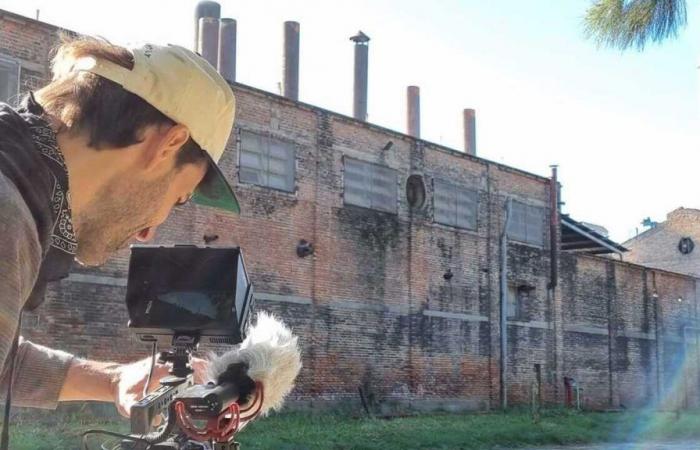“Cuellos Blancos. The Vicentín case”, among the most viewed films this long weekend
The profile of the factories against the gray sky and the smoke coming out of their chimneys for the last time were postcards of a strange beauty that served as parentheses to the drama that “Touching the Wind” told, by Mark Herman, in 1996, when he synthesized the consequence social and existential situation of the mines closed in the time of Margaret Thatcher. Rarely was such an audiovisual commitment seen in cinema in which the outline of the warehouses and workshops acquired another intimate resonance in the spectators.
Almost three decades later, “White collars. The Vicentín case”, lasting almost one hundred minutes, manages to show, through the gigantic companies of the Vicentín group, visual contrasts between that operation lying on the waters of the majestic Paraná and the dark warp of the businesses and negotiations of business and political groups. , generating powerful sensations in almost a thousand people who filled, as had not happened in years, the beautiful theater of the Cairo cinema, in the heart of Rosario.
There is a subtle care of the images and testimonies – unlike “Tocando el viento”, there are no performances or fictions –, music that accompanies changes of scenery and a rigorous journalistic investigation that reveals interests in the history of the once main Argentine exporter. but also the chronicle of the last fifty years.
Despite the cut that Andrés Cedrón takes, between 2020 and 2023, and the aridity of the subject of showing on the big screen the comings and goings of businesses that are more financial than physical, the film has agility, clarity and depth.
Some of the testimonies, such as that of union leader Daniel Yofra, should be part of the Argentine anthology of documentary film due to their forcefulness, synthesis and direct communication. It also contains other images and situations that will raise smiles among viewers. But out of respect for those who have not yet seen it, they will not be explained in this column.
There is also success in the management of journalistic sources. There is a form of interleaving that gives importance to written material, as well as to the experiences that come from the seventies.
The inclusion of materials from other latitudes reflects the foreign partners of the consortium that emerged in the deep north of the province of Santa Fe, when discovering the history of the controversial Glencore, which operated in the country under the company name Viterra. Today, the owner of Viterra is Bunge, who in his own name and that of Viterra distributes the assets of Vicentín as the legionnaires did with the mantle of Christ, thus scrapping and freely appropriating the Argentine cereal company with the consent of the Judiciary.
The impressive photography, with panoramic and aerial shots that show us the humid pampas, cities of Argentina, Uruguay and the United States, with their landscapes and factory complexes, with the hustle and bustle of harvesting and finances, all from perspectives almost always invisible to the passerby. , suggests the documentary’s well-fulfilled intention: to show us what we don’t see every day. But this time politically and economically.
Musicalization is paradoxical. We witness the sound of guitar and bandoneon as it is produced, but in the silence of a gray Manhattan, we understand where that product ends up.
>> Read more: A documentary about the emblematic Vicentin case premieres in Rosario
Director Andrés Cedron challenges, through testimony, aesthetics and art, the banality of the current era of networks. Cedrón acts as a medium through which Rodolfo Walsh, Leonardo Favio and Pino Solanas continue to tell us his story. The material has ties and continuities with that other documentary that was “Tierra sublevada”, by Pino Solanas, from 2009. In fact, one of the dedications at the end is for the maker of “El exilio de Gardel”.
In little less than the length of a soccer game (ninety minutes plus halftime), “White Collars” shows the evolution of the businesses of a group linked to the exports of cereals and derivatives in triangulations and leaks that are still to be judged today.
Every person who invests a hundred minutes of their existence in watching this work will feel that they have earned their time because they will perceive the agility and the absence of cheap shots in a cinema that not only serves to understand but also to entertain, no matter how difficult the question of background.
A documentary that, as almost a thousand people have already done, must be seen to think that in Argentina there are possibilities of building a more just reality and, at the same time, be certain that very good cinema is made and accessible to all palates. .


